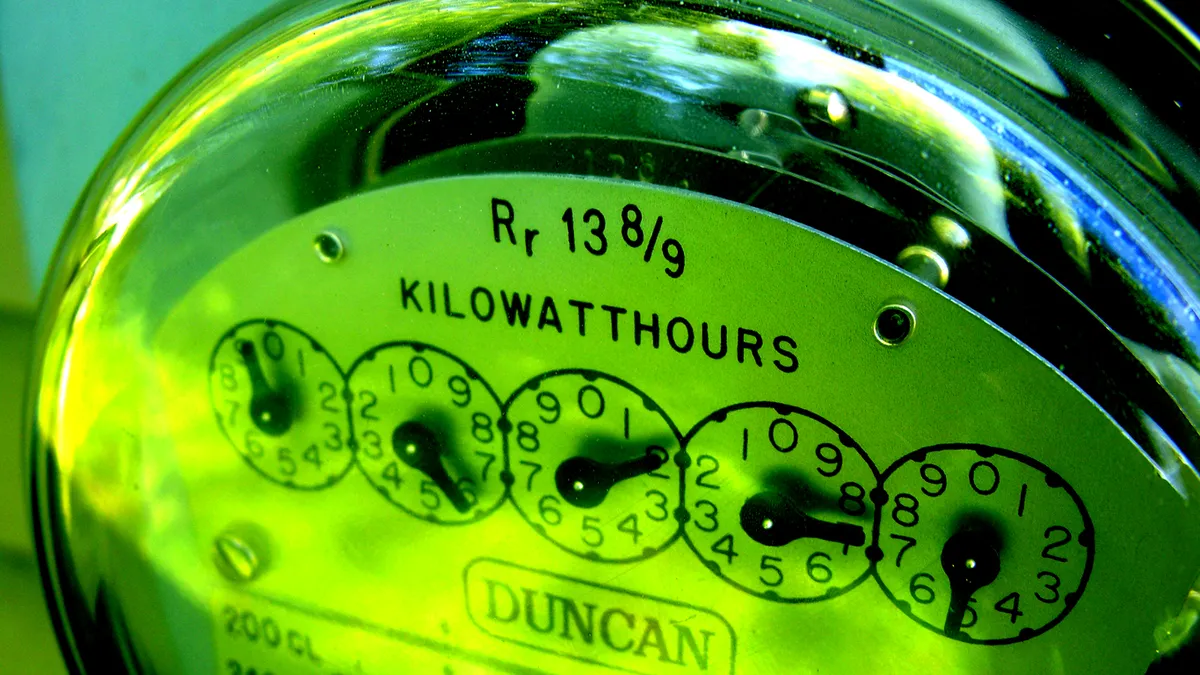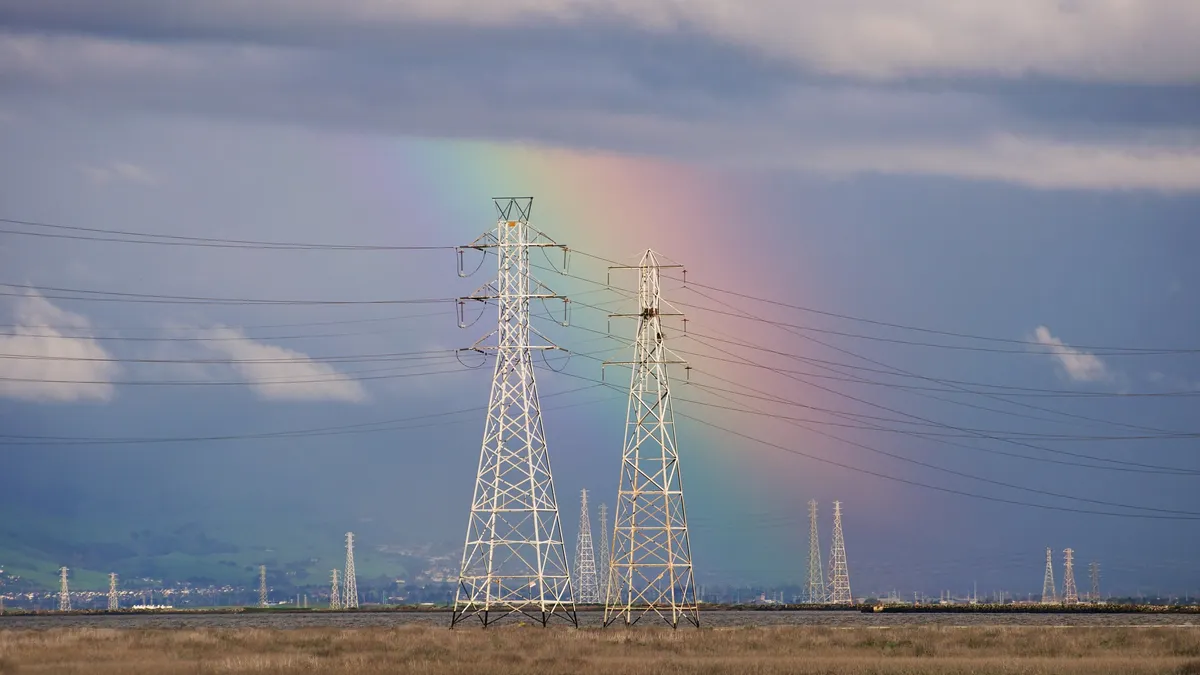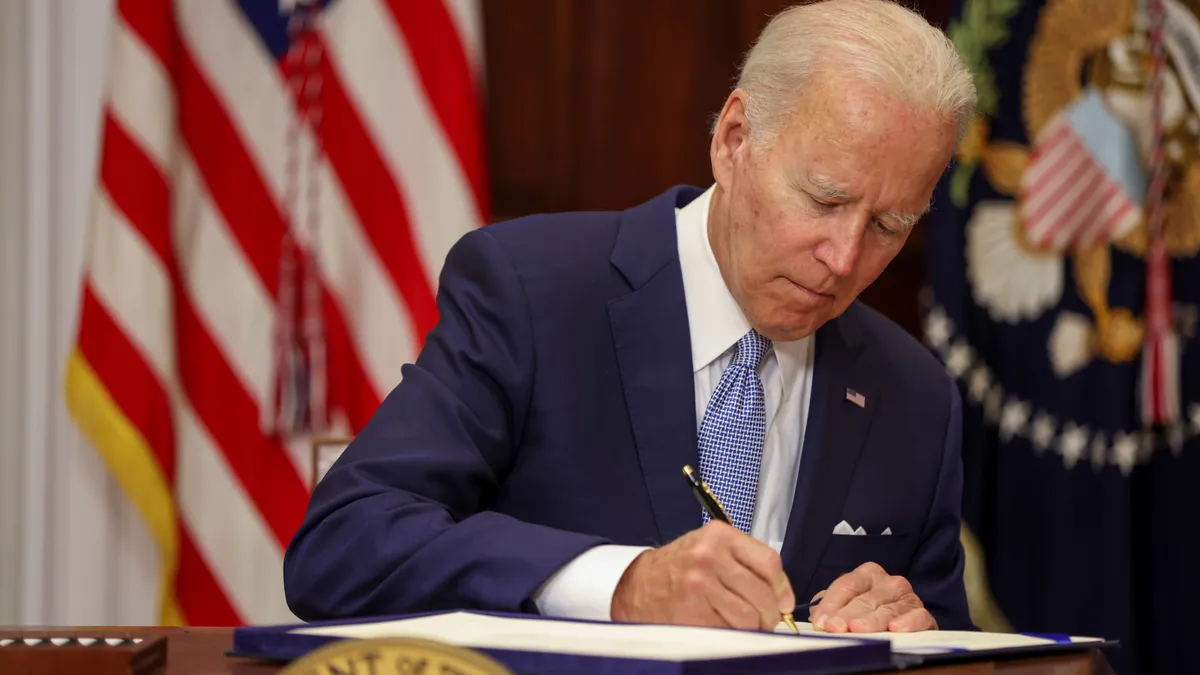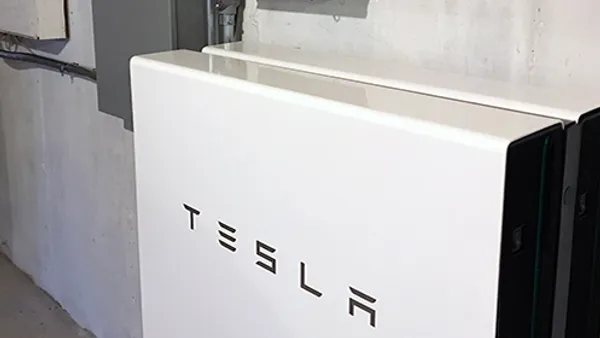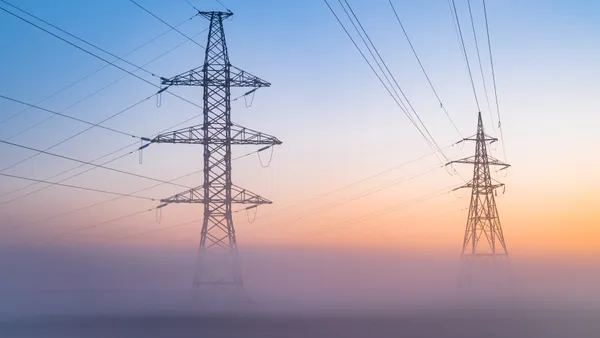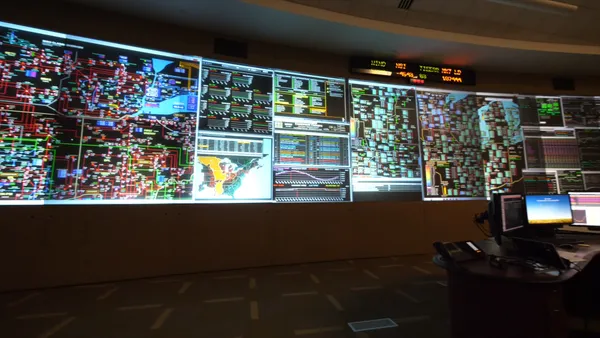Dive Brief:
- New York's Clean Energy Advisory Council has generated a report on metrics and targets for energy efficiency, stopping short of specific recommendations but stressing that proper policies and funding can help align utility goals and customer outcomes.
- The report, published last week by the Energy Efficiency Procurement & Markets Working Group, advocates the use of a "hybrid" approach as utilities ramp up efficiency programs, where both outcome- and program-based approaches would be used.
- New York has been struggling with how to reward utilities for advances made on energy efficiency, and its Reforming the Energy Vision initiative has focused on developing new revenue models. Earlier this year, regulators directed utilities to file system efficiency targets and proposed earning incentives.
Dive Insight:
The Energy Efficiency Procurement & Markets Working Group was tasked with developing a plan that would go beyond utility efficiency programs for the REV, but the report stops short of specific recommendations and finds that in many instances more study is necessary. However, the recommendations lay out a essential framework that could help efficiency and utility revenues align, ultimately unlocking new business models that will help the grid run more effectively.
This report describes options for target setting, but not a consensus recommendation. In one, minimum statewide energy efficiency achievement levels would be developed that cumulatively sum to the total electric efficiency assumed in the Clean Energy Standard Order by 2030. At the same time, targets would allow for "a non-linear trajectory over the 2016-2030 period with greater savings in the later years," according to the report.
Another approach would increase near-term 100% targets such that annual incremental electric efficiency savings as a percentage of sales increases by 0.4% per year. "Under this strategy, long-term targets to 2030 would be set based on a new energy efficiency potential study that would be divided by utility service territory," the report said.
The report also concluded that more study will be necessary to determine energy efficiency's potential impact on New York peak load. The study would need to develop representative hourly load impact profiles for an energy efficiency measure being installed for a specific end use in a specific customer segment, the group explained.
New York's REV process has served as a model for several states looking to revamp the utility sector and business models. California regulators this year proposed reforms to allow utilities to earn a regulated rate of return on efficiency and distributed energy investments.



